calsfoundation@cals.org
Arkansas Air and Military Museum
With the mission statement “Promoting Aviation by Preserving the Past,” the Arkansas Air Museum in Fayetteville (Washington County) was Arkansas’s first museum dedicated entirely to aviation history. It combined with the Ozark Military Museum to become the Arkansas Air and Military Museum in 2012.
Located in a hangar at Fayetteville’s Drake Field, the museum occupies the oldest aviation-related structure still standing in northwestern Arkansas. The hangar was constructed during World War II. Because of wartime resource limitations, Henry George, Fayetteville’s engineering assistant, developed the hangar out of wood, with construction starting on May 1, 1943. As well as designing the hangar, George worked as plumber, electrician, and welder on the project. At no time did the project employ more than four carpenters, three helpers, and George. The total cost for building the hangar was around $16,000 and funded entirely by the City of Fayetteville.
In late 1985, Marilyn Johnson, the chairperson of Fayetteville’s state Sesquicentennial Committee, conceived the idea for an aviation museum as part of Fayetteville’s tribute to Arkansas’s Sesquicentennial. In January 1986, a group of eight aviation enthusiasts joined forces with Johnson and founded the Arkansas Air Museum. The seven consisted of aviation pioneer Ray Ellis (founder of Scheduled Skyways, one of the first commuter airlines in the United States), brothers Bob and Jim Younkin, Floyd Carl, Jim McDonald, Larry Browne, Ernest Lancaster, and Bob McKinney. This group made up the museum’s first board of directors.
After more than $120,000 spent for renovation, the museum opened its doors in August 1986. It housed eight to fourteen classic aircraft from the 1920s to the 1950s. Since they were on loan from private owners, aircraft on exhibit changed frequently. In 1989, the museum board hired the first director, Thomas “Pete” Jordan. The museum hosted events including an ultra-light aircraft show, a model plane exhibit, and a squadron of the Northwest Arkansas Chapter of the Civil Air Patrol.
The museum continued to grow and in November 1991, the museum acquired its first aircraft, a Howard DGA-18K. Donated by Bob Gast, this airplane flew at Drake Field as part of the War Training Service classes in 1942–1943. Further acquisitions included a Cobra Gun Ship, Bell UH-1H Huey, Douglas A-4C SkyhawkII, Adventura Ultralight, Flight Service Station, and many aviation artifacts. In 1996, the hangar in which the museum is housed was placed on the Arkansas Register of Historic Places.
The museum houses aircraft ranging from replicas of World War I biplanes to a Lear Jet. An exhibit area featuring Arkansas aviators provides a showcase for artifacts from the early days of flight all the way to the space program. In 2007, the museum began displaying Sam Walton’s first airplane.
In 2007, the Ozark Military Museum moved from the Springdale Airport to an area near the Arkansas Air Museum. In 2012, the two museums merged to become the Arkansas Air and Military Museum.
Relying heavily on receipts from admissions, gift shop sales, and donations, the museum also receives funding from the Fayetteville Advertising and Promotions Commission, the City of Fayetteville, and Fayetteville’s municipal airport, Drake Field.
For additional information:
Arkansas Air and Military Museum. https://www.arkansasairandmilitary.com/ (accessed August 27, 2025).
Sally Ebbrecht
Arkansas Air Museum
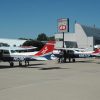

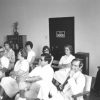
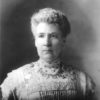
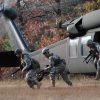
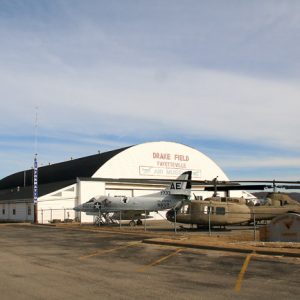 Arkansas Air Museum
Arkansas Air Museum 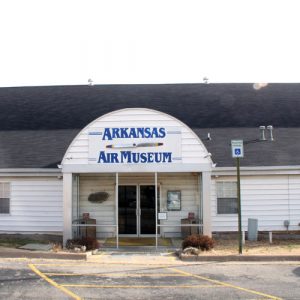 Arkansas Air Museum
Arkansas Air Museum 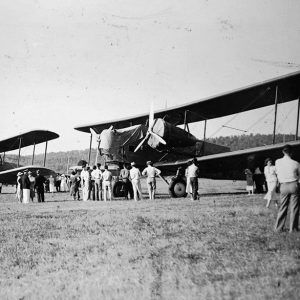 Drake Field
Drake Field 




Comments
No comments on this entry yet.